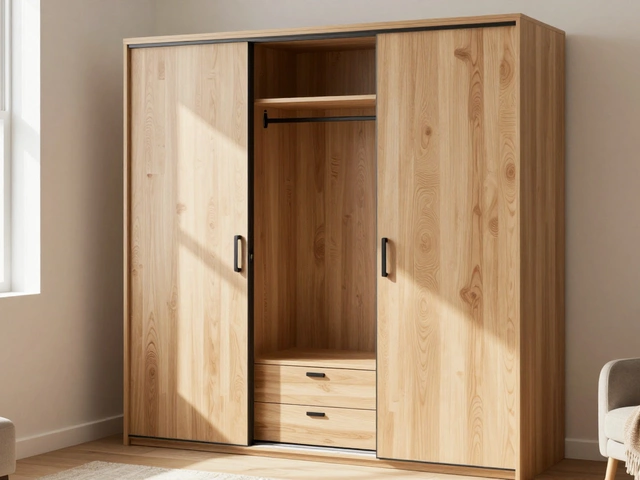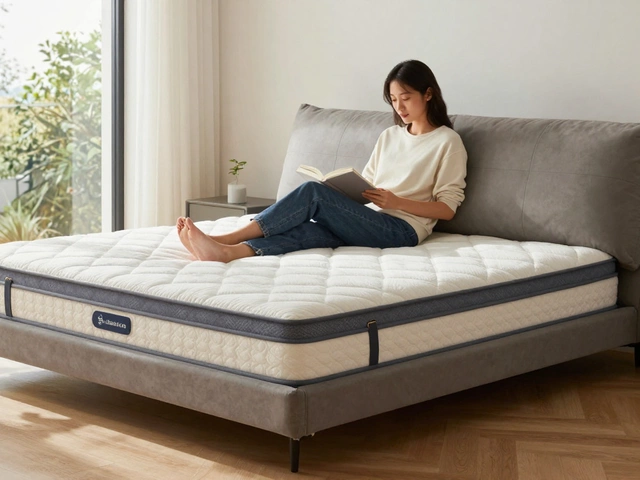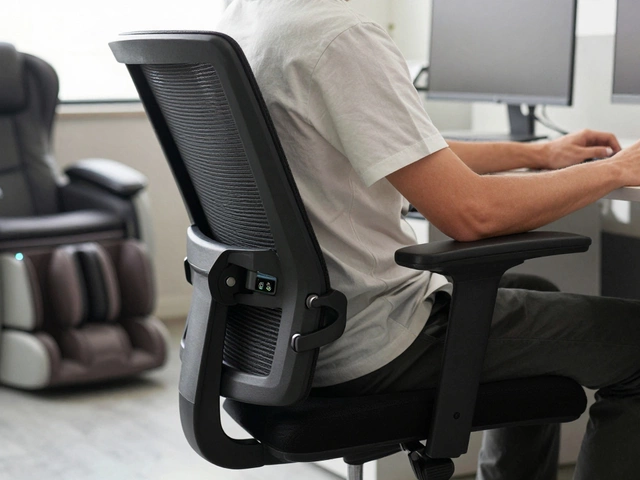Cold Damage to Furniture: How to Spot, Prevent, and Fix It
When winter hits, most of us think about heating the house, not the damage the cold can do to our sofas, wood tables, and decor. The truth is, low temperatures and sudden temperature shifts can shrink fabrics, crack wood, and weaken cushions. If you’ve ever noticed a stiff sofa arm or a tiny crack in a coffee table after a chilly night, you’re dealing with cold damage. This guide breaks down the common signs, gives you practical ways to protect your pieces, and shares quick repair tricks you can try at home.
What Cold Damage Looks Like
First, know the red flags. Fabric on a sofa may feel tighter or develop tiny pulls where the fibers have contracted. Leather can lose its natural oils, turning matte and brittle. Wooden legs or frames often show hairline cracks, especially around joints where the wood expands and contracts the most. Even metal hardware can shrink just enough to creak or pop loose.
If you store furniture in a garage or basement, look for warped legs, warped backs, or uneven cushions that have settled in one spot. Moisture that freezes and thaws can also create a mildewy smell, a sign that the cold has let moisture seep in and then evaporate, weakening adhesives and fibers.
How to Keep Your Furniture Safe in the Cold
Start with placement. Keep sofas and chairs away from drafty windows, doors, and external walls. A thin rug or a piece of furniture pad can act as an extra barrier between cold floors and the legs of a table.
Covering is a cheap but effective trick. Slip a breathable slipcover over your sofa when you know a cold snap is coming. It reduces direct exposure while still letting the air circulate, preventing moisture buildup.
If you need to store furniture, choose a climate‑controlled unit or a room with stable temperature. Stack pieces on pallets to avoid direct contact with cold concrete floors, and use cardboard or foam sheets between items to cushion any movement.
Humidify indoor air during winter. Wood thrives at 40‑50% humidity; too dry air pulls moisture out of the grain, leading to cracks. A simple humidifier can keep both your wood and your health in better shape.
Regular maintenance makes a big difference. Wipe down leather with a conditioner every few weeks to replenish oils. For wood, apply a light coat of furniture polish or wax to lock in a thin layer of protection.
Quick fixes are handy if damage has already appeared. Small cracks in wood can be filled with a wood filler, sanded smooth, and re‑stained. Tighten loose screws on metal frames with a screwdriver; a little thread‑locker can stop them from loosening again.
For fabric pulls, an upholstery needle and matching thread can stitch the tear back together. If the fabric has shrunk, a steam iron on low heat can gently relax the fibers—just be careful not to scorch the material.
Finally, remember that not every problem needs a professional. Simple steps like rotating cushions, using slipcovers, and keeping a stable indoor climate can extend the life of your furniture through the coldest months.
Cold weather doesn’t have to ruin your living room style. Spot the signs early, protect your pieces with smart placement and covers, and fix small issues before they become big ones. With these easy habits, your sofa, coffee table, and other favorite items will stay comfy and looking great all winter long.
How Cold Can Furniture Get Before It Suffers?
Storing furniture in cold conditions can be risky, leading to potential damage if not managed properly. This article explores the effects of cold temperatures on different types of furniture and provides practical tips on maintaining their integrity. Learn about the ideal storage conditions, which materials are most vulnerable, and how to avoid costly repairs. Discover practical solutions to mitigate cold-related damages and keep your furniture pristine.





